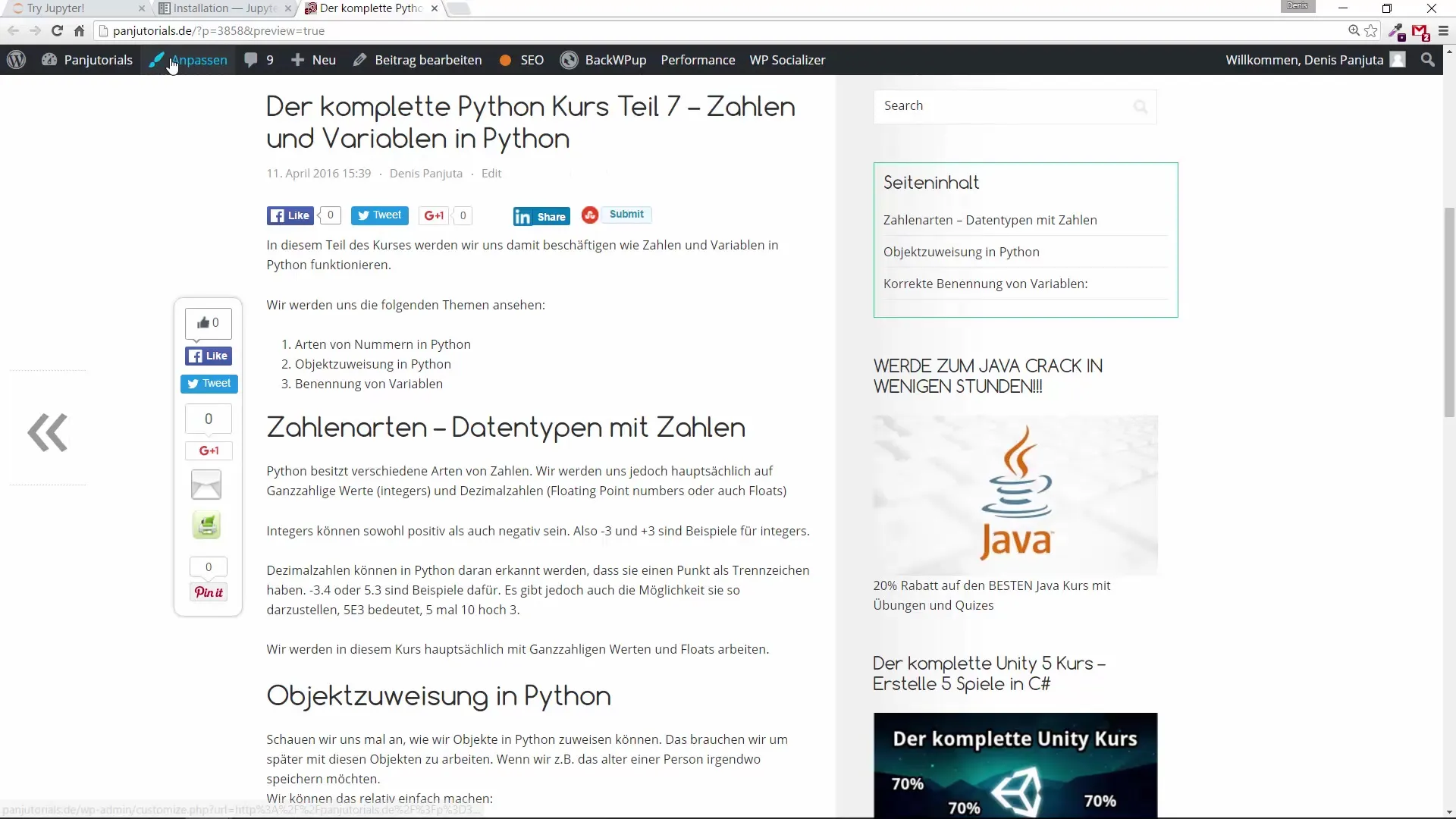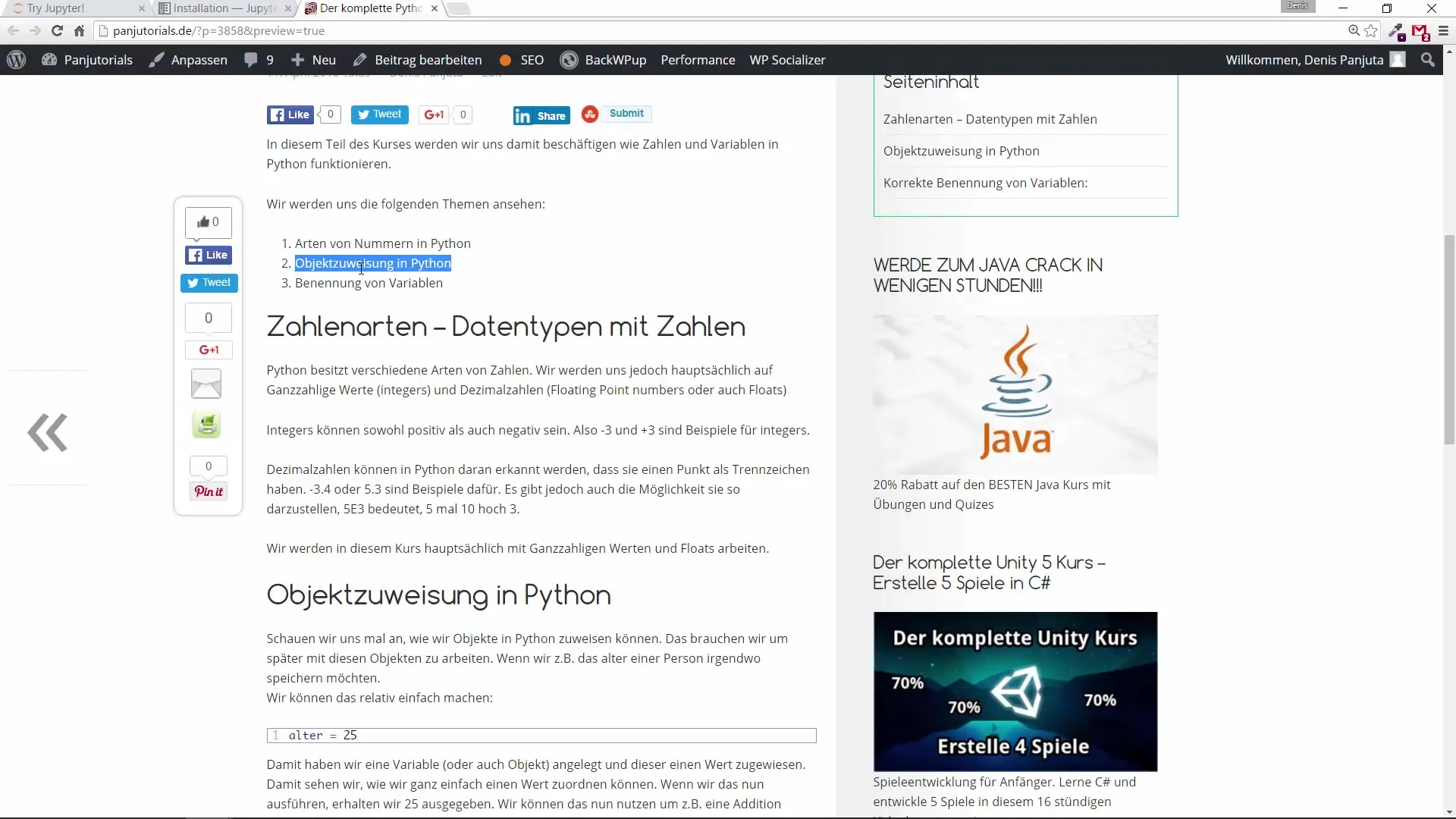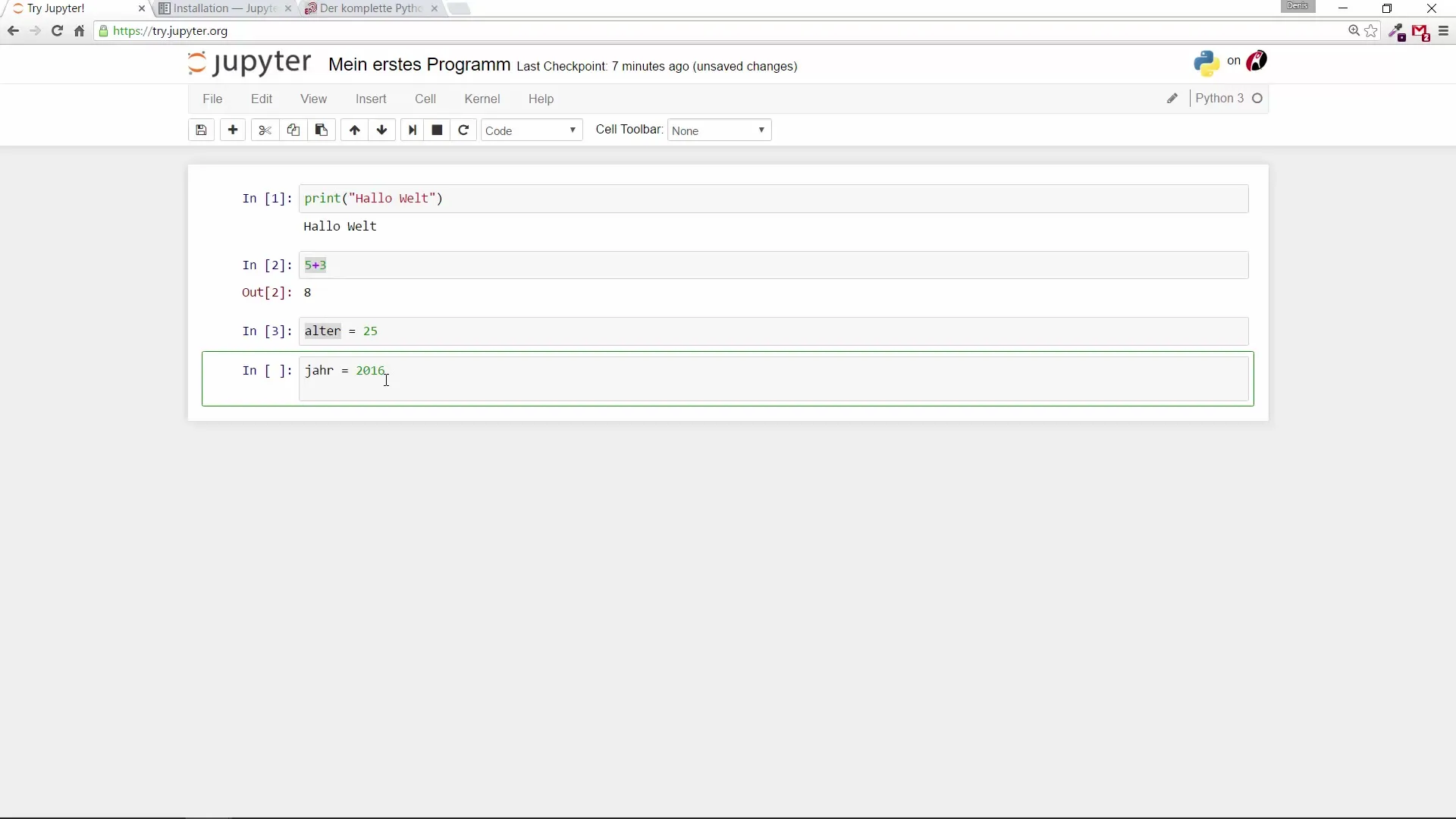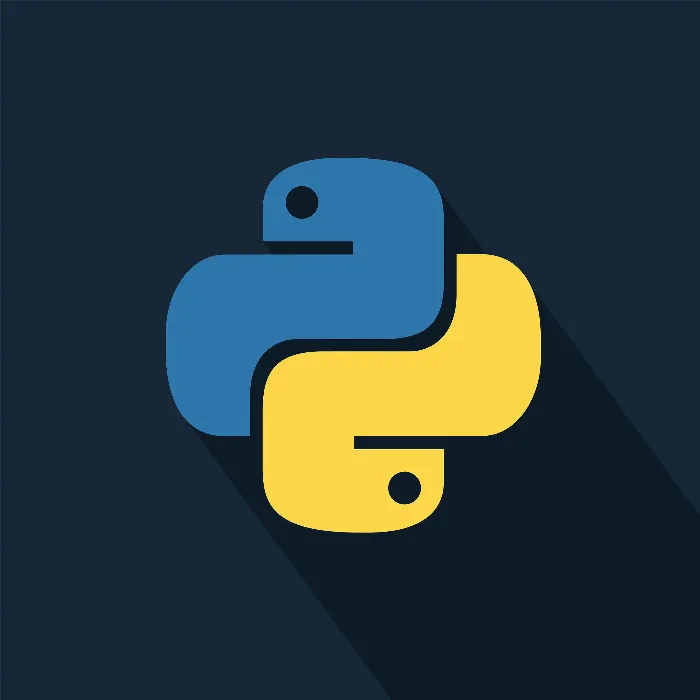Understanding numbers and variables is one of the most important foundations in programming with Python. Here you will learn how to effectively use these concepts in your own projects. Let’s dive right into the topic and find out how you can work with numbers and variables in Python.
Main Insights
- Variables serve as storage locations for data.
- There are various data types: Integer (whole number) and Float (decimal).
- Variables should be named correctly to ensure readability and maintainability.
Step-by-Step Guide
1. What are Variables?
Variables are placeholders in programming where data can be stored. They allow you to save information and access it later. For example, if you want to store a person's age, you can create a variable named Age and assign it the number you want to store.

2. Creating Variables and Assigning Values
To create a variable, you need a name and should assign the desired value.
This means the person's age is set to 25. The process is intuitive: you write the name of the variable followed by an equals sign and the value.

3. Advanced Calculations with Variables
Using variables also makes performing calculations a breeze.
In this example, the year of birth is determined by subtracting the age from the current year.

4. Types of Numbers in Python
There are different types of numbers in Python: Integer and Float. Integers are whole numbers while Floats are decimal numbers. When entering Float numbers, it is important to use a period to denote the decimal value.
Keep in mind that in the English programming language, a period is used for decimal numbers.

5. Rules for Naming Variables
When naming variables, there are some important rules to follow:
- Variables should not start with an underscore or a number.
- They should preferably start with lowercase letters to follow conventions.
- Multi-part variable names can be formed using underscores, like birth_year, or by concatenating them, like birthyear.
6. Avoiding Special Characters
Avoid using special characters in variables. Characters such as @, $, or & are not allowed. The only character you can use is the underscore.
Instead, you should use street or street_name.
7. Summary of the Basics
In summary, you can conclude that variables are a central part of programming in Python. As a beginner, you can start with these fundamentals to build a solid foundation in Python. Remember to denote numbers differently and name variables according to the aforementioned rules.
Summary - Programming with Numbers and Variables in Python
In this guide, you have learned how variables work in Python. You now know how to store numbers in variables, perform simple calculations, and follow the conventions for naming variables. As the next step, you will delve into mathematical operators in Python and dive even deeper into programming.
Frequently Asked Questions
What are variables in Python?Variables are placeholders where data can be stored.
How do I create a variable?You can create a variable by giving it a name, using an equals sign, and assigning a value.
What types of numbers are there in Python?There are two main types: Integer (whole number) and Float (decimal).
How do I correctly name variables?Variables should start with lowercase letters, contain no special characters, and not start with a number.
Could I use a comma instead of a period for decimal numbers?No, in Python a period is used for decimal numbers.


